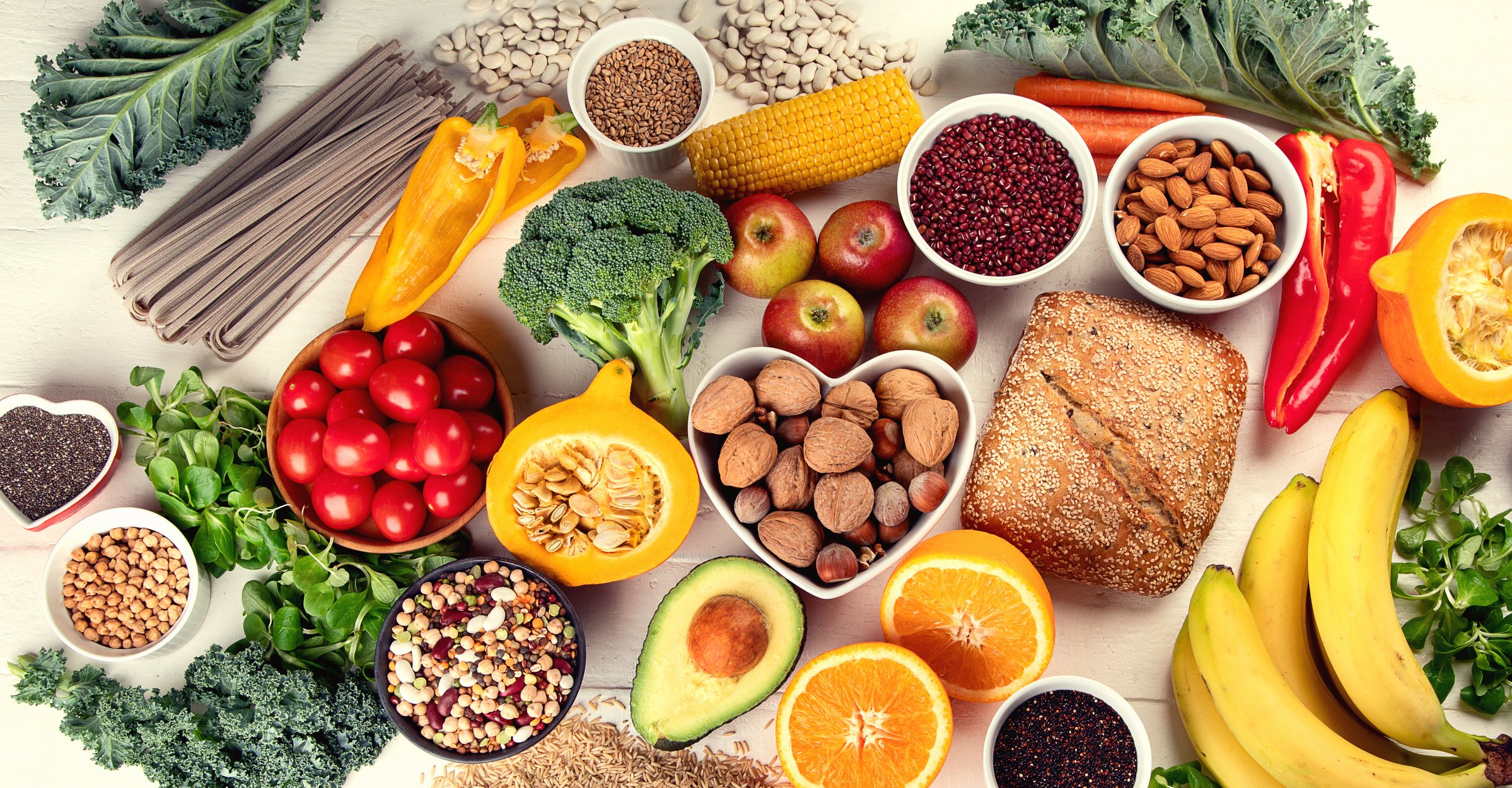The journey from pregnancy to parenthood is a transformative experience, filled with joy, challenges, and profound changes within the body. During pregnancy and the postpartum period, the body undergoes significant hormonal changes that affect neurotransmitter levels within the body. Estrogen is a hormone that is known to influence our serotonin levels (ie. the natural “feel-good” chemical), which affects mood and cognition. Throughout pregnancy, estrogen levels are at an all-time high; during the postpartum period estrogen levels decrease, which leads to mood swings, symptoms of anxiety, and cognitive difficulties…commonly referred to as postpartum brain fog. However, other factors can contribute to a decrease in cognitive function (hello, sleep deprivation and stress!), so it is important to keep things in perspective.
As naturopathic doctors, we look at the intricate web of factors contributing to the postpartum brain fog phenomenon and offer holistic approaches to support cognitive function and overall wellbeing during this important time. One of our main goals is to address the root cause and support overall health through personalized, comprehensive care. Here are some ways we can help:
Addressing Hormonal Imbalances
This is a fundamental aspect of naturopathic medicine and care. Hormonal imbalances can include things like decreased estrogen levels, but also things like thyroid dysfunction or adrenal fatigue. It is important to discern where the impairment in cognitive function stems from so that an appropriate treatment plan can be formulated for your individualized needs. NDs can run functional lab testing to pinpoint the root causes of your brain fog; as well, we are also able to requisition common (and naturopathic-specific) blood tests to dig deeper and get a clearer picture of what is going on in your body.
Nutritional Support
Ensuring proper nutritional intake is essential to both maternal and child health during the pregnancy and postpartum period. Proper nutrition also plays a vital role in supporting cognitive function. When discussing nutrition for cognitive health we want to emphasize an anti-inflammatory diet and increase the consumption of whole grains, fruits, vegetables, and healthy fats to lower inflammation levels within the body. Omega-3 fatty acids (found in fish oil and flax seed) are particularly important for maintaining healthy neurotransmitter levels.
Lifestyle Changes
Cortisol is a stress hormone released by the adrenal glands and helps your body deal with stressful situations. Cortisol levels within the body tend to decrease during the postpartum period due to sleep deprivation and an increase in stress levels, so we want to find that sweet spot where you can function optimally without living in “fight-or-flight” mode.
Practicing mindfulness and stress reduction techniques such as deep breathing exercises or meditation can help manage the mental load of parenting.
Engaging in regular physical activity (with your medical provider’s clearance) can also help enhance mood levels and cognitive function by increasing blood flow to the brain. It doesn’t have to be complicated – walking, yoga, and impromptu dance parties are good for the body AND the spirit!
Aiming to establish a sleep routine and seeking support from family and friends can also alleviate the burden of sleep deprivation and stress. Sleep during this period is undoubtedly unpredictable, so any measures you can take to create good sleep hygiene is essential for success. Harvard’s Stress and Development Lab has a useful checklist you can use to help set up better habits.
Parenthood is a very exciting and joyful time for most people, but it can also be a stressful and disheartening experience. We understand the underlying factors of postpartum brain fog and employ holistic approaches to help support new parents in reclaiming their cognitive function and enhance their overall well-being. In the simplest terms – we are here to help you survive AND thrive.
Yours in good health,
Dr. Sami Leung, ND
1. Aparicio, E., Jardí, C., Bedmar, C., Pallejà, M., Basora, J., & Arija, V. (2020). Nutrient Intake During Pregnancy and Post-Partum: ECLIPSES Study. Nutrients, 12(5), 1325. https://doi.org/10.3390/nu12051325
2. Ball, L., De Jersey, S., Parkinson, J., Vincze, L., & Wilkinson, S. (2022). Postpartum Nutrition: Guidance for General Practitioners to Support High-Quality Care. Australian Journal of General Practice, 51(3), 123–128. https://doi.org/10.31128/ajgp-09-21-6151
3. Barba-Müller, E., Craddock, S., Carmona, S., & Hoekzema, E. (2018). Brain Plasticity in Pregnancy and the Postpartum Period: Links to Maternal Caregiving and Mental Health. Archives of Women’s Mental Health, 22(2), 289–299. https://doi.org/10.1007/s00737-018-0889-z
4. Buckwalter, J. G., Buckwalter, D. K., Bluestein, B. W., & Stanczyk, F. Z. (2001). Chapter 22 Pregnancy and Postpartum: Changes in Cognition and Mood. Progress in Brain Research, 303–319. https://doi.org/10.1016/s0079-6123(01)33023-6
5. Deems, N. P., & Leuner, B. (2020). Pregnancy, Postpartum and Parity: Resilience and Vulnerability in Brain Health and Disease. Frontiers in Neuroendocrinology, 57, 100820. https://doi.org/10.1016/j.yfrne.2020.100820
6. Guo, Y., Kehoe, P., Pimentel, P., Rousseau, J., Axelin, A., Rahmani, A. M., & Dutt, N. (2021). Exercise and Stress in At-Risk Women During Pregnancy and Postpartum. MCN: The American Journal of Maternal/Child Nursing, 46(4), 217–222. https://doi.org/10.1097/nmc.0000000000000722
7. McGrattan, A. M., McGuinness, B., McKinley, M. C., Kee, F., Passmore, P., Woodside, J. V., & McEvoy, C. T. (2019). Diet and Inflammation in Cognitive Ageing and Alzheimer’s Disease. Current Nutrition Reports, 8(2), 53–65. https://doi.org/10.1007/s13668-019-0271-4
8. Qiu, T., Wen, H., Liu, Z.-X., Pan, X.-P., & Zeng, T. (2021). Investigation Regarding Early Cognitive Function of Women in the Postpartum Period and the Analysis of Influencing Factors. Risk Management and Healthcare Policy, Volume 14, 3747–3754. https://doi.org/10.2147/rmhp.s309553



